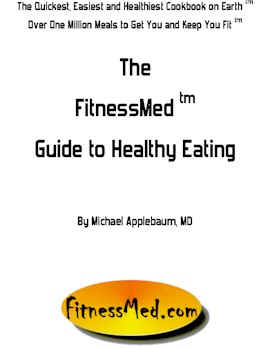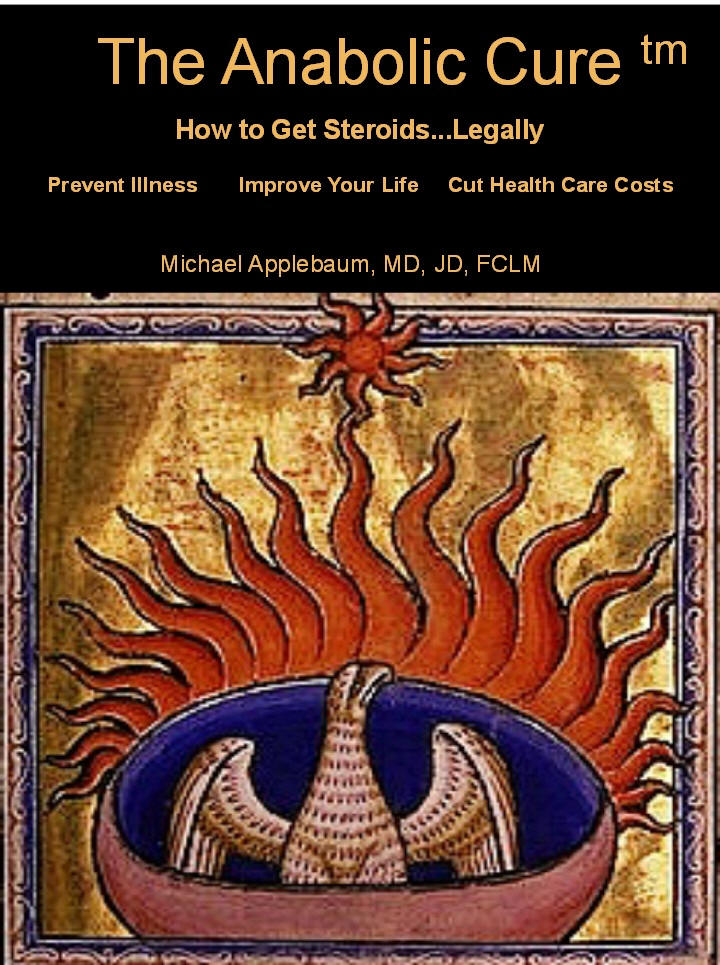Most U.S. adults with hypertension get the amount of weekly exercise recommended for all Americans, but they still fall short of their normotensive counterparts, a cross-sectional study showed.
In a national survey of nearly 400,000 individuals, 66.9% overall and 60.2% of those with hypertension reported exercise equivalent to 150 minutes of moderate activity per week, according to James Churilla, PhD, MPH, of the University of North Florida in Jacksonville.Oops. You meet them, you don't benefit.
But hypertensive patients were 15% less likely to reach the threshold (HR 0.85, 95% CI 0.82 to 0.88), after adjustment for age, gender, race, socioeconomic status, body mass index, smoking status, and disease history, Churilla reported at the American Society of Hypertension meeting here.
"Even though people with hypertension do come in strikingly high as far as being active, they're not getting the benefits of leading a more active lifestyle," he said in an interview.
Bad data, apparently.
Churilla said he was surprised by how active the hypertensive population was, but noted that self-reported data, as used in this study, can be unreliable.Bad idea, certainly.
Other national surveys, including the National Health and Nutrition Examination Survey (NHANES), have found that only 25% to 40% of the general population meets the physical activity recommendations.
Churilla said the American College of Sports Medicine is trying to make exercise a vital sign that would be checked along with blood pressure, height, weight, and other vital signs at every medical visit as a way to increase physical activity levels in the population.These are data that would be self-reported and unreliable.
Vital signs, the operative word is "signs," are objective data - heart rate, respiratory rate, blood pressure, etc.
The fact that ACSM would even consider "exercise" as a "vital sign" (if Churilla/the article is telling the truth) demonstrates a fundamental lack of knowledge.








No comments:
Post a Comment